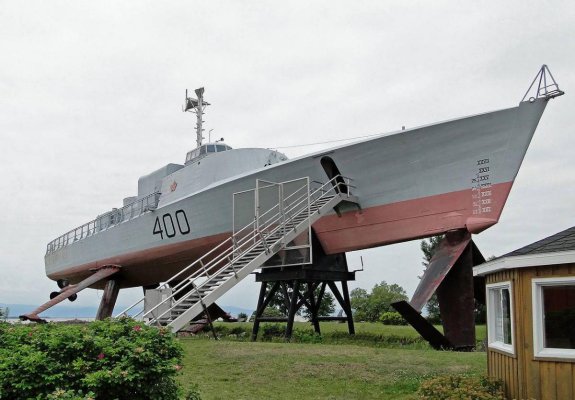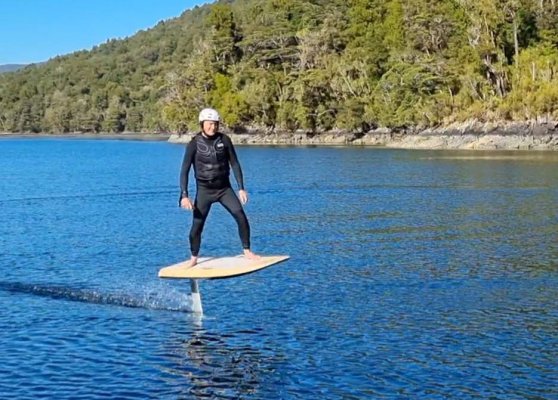Clearly a leap forward from the early foiling recreational boats. The first I'm aware of was a
flying Bayliner that first flew in 1992, then some time later with the
electronic height sensor.
The Navier boats may work well as day boats or marina hoppers in a well supported area where charging every night is possible. It won't work well for the areas some of us who cruise more remote waters. BC, Ak for example where marinas are few and far between. And those facilities have limited electrical power.
The boat demonstrated cruises at 20 kts with a 75 nm range. So, 3.75 hrs generating 30 HP. Those who are better at electrical engineering than I can calculate charge time at 110 V, 30 APMs
Another issue for remote cruising is the lack of living space and ability to carry all that is needed and wanted for a comfortable life at anchor for a week or two at a time. To do that we'd need to have a generator, fuel tanks and fuel aboard.
Navier has made progress but they still have a long way to go to create a good remote area cruising boat.
For those of us uncomfortable with electronically controlled engines in the marine environment this entire boat is highly dependent upon electronics.
You mentioned hardware costs. Is that the cost of the boat? $650,000 for the version demonstrated.
illiant.
Absolutely fascinating. Absolutely brilliant. Of course I want one. Bimini in 40 minutes, Middle Grounds in an hour and a half for pennies in fuel + the hardware cost which no mention of anywhere.


